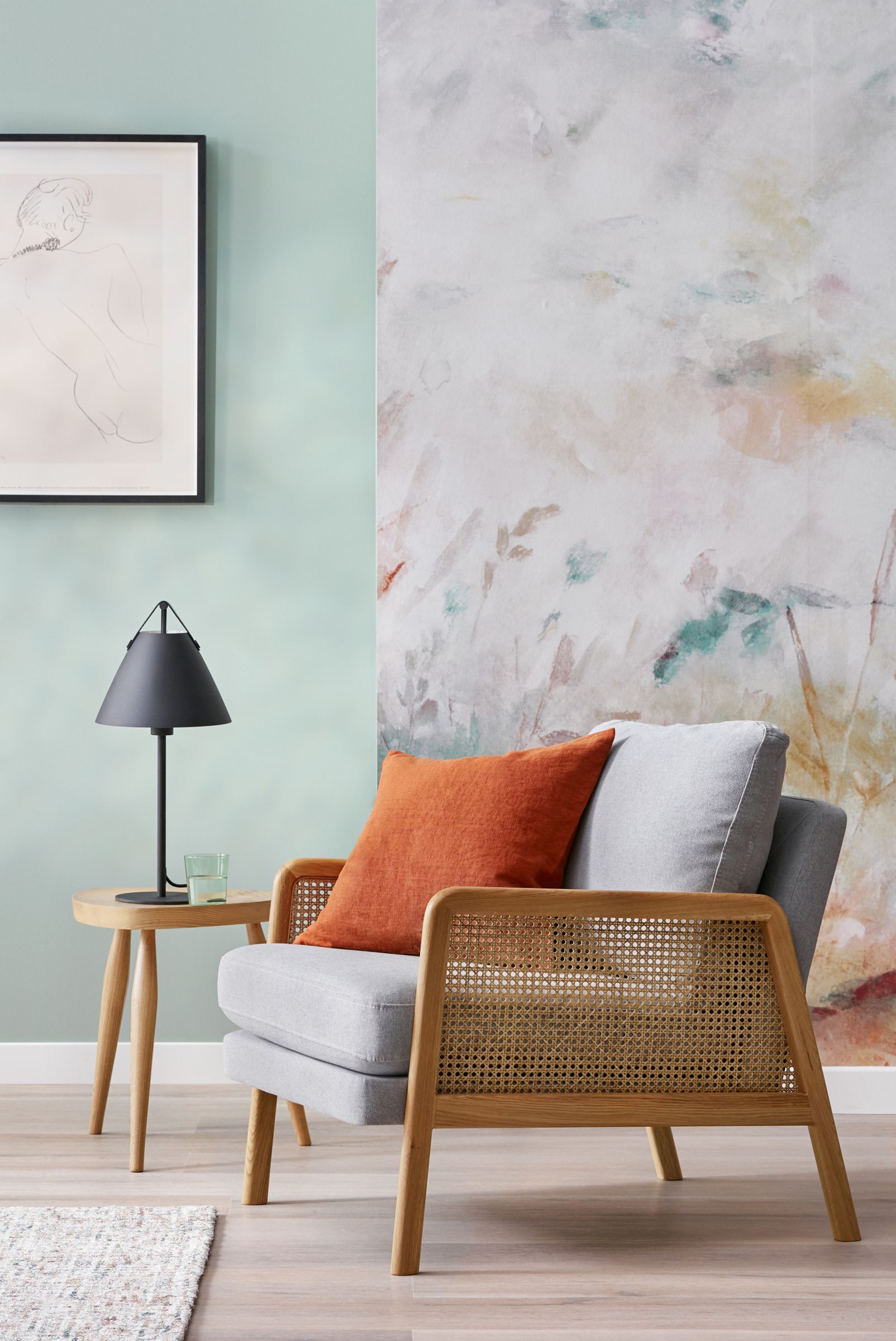Introduction to the Japandi Style of Interior Design
Japanese design itself has been around for a while now, and we are familiar with the look. Now we are seeing a huge rise in Japandi - a mashup of Scandi and Japanese interior styles. Whether the design trend is here to stay or not remains to be seen, however the interior design community seems to believe that this is a new way of life.
Although seemingly a trend that has popularised in the last 2-3 years or so, Japandi can be dated back to the 1950s. Using a shared ideology of functionality and simplistic beauty, the Japanese and Scandi movements are a marriage made in heaven. The key differences between the two are that the Japanese have a tendency to utilise darker accent colours in place of entirely-neutral palettes, and prefer concave shapes.
The accent colour is a key difference, with typical minimal Scandi spaces using an earthy neutral palette, usually with no accent or one bright colour. In Japan, the use of black as an accent colour is well documented and has a great effect on the room, framing rattan perfectly for example. With the Japandi fusion, these are blended like in this example of Japanese design with more neutral Danish pastels.
The inherent inspiration of concave curves in Japanese design has been rumoured to come from the shape of Mount Fuji, but also is deeply rooted in the culture and specifically kirigami, as physicists have discovered.
If you want to get started in using Japandi styles in your home, this is a great guide to get started. I have also found a lovely collection of murals which are a great starting point for a Japandi design.
Gina
x

Comments
Post a Comment